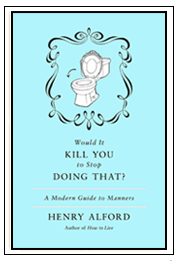The White Light Is Actually Pink and Aqua
May 22nd, 2009It’s said that Pablo Picasso–who died in 1973 at age 91–worked right up until the bitter end: on the day he died, he woke and asked if there was a canvas stretched and ready for him to paint on.
In writing in the New York Review of Books about the new show of late Picasso works being shown at NYC’s Gagosian Gallery, Martin Filler says that nothing heartens the cognoscenti more than late works which, like Beethoven’s Late Quartets or Rembrandt’s self-portraits evoke what Edward Said called “an unearthly serenity.” (The other memorable phrase about late works, as I wrote in “How to Live,” came from the recently-departed critic Eve Kosofsky Sedgwick, who said that artists’ last labors have a distilled or transparent quality, as if they have been shed of “an obscuring puppy fat.”)
Critics are often polarized by late works. Look at Titian and de Kooning. It’s been suggested that some of the last canvases by the former–who worked into his late 80’s until he was felled by the plague–were less visionary than simply unfinished; and many were confused by the last gasps made by the latter, who, diagnosed with Alzheimer’s and unable to hold a brush, painted with pigments chosen by his assistants.
The critical reaction to Picasso’s final creations has steadily improved over time, ever since Robert Hughes fired his 1973 salvo, “These are, after all, the last Picassos. They are also the worst.” Indeed, Filler says that the surprise of the current Gagosian show is Picasso’s emergence, in his late dotage, as a colorist. Though Picasso is famous for having had his Blue and Rose periods, he never did anything all that exciting with the spectrum, and, indeed, envied Matisse’s superiority on this front. (Filler: “Picasso’s superhuman gift for draftmanship might have made him lazy about pursuing the full potential of color.”) Filler calls the new show and its parade of hues “a revelation.” The puppy fat comes off, and, suddenly: a rainbow.


















